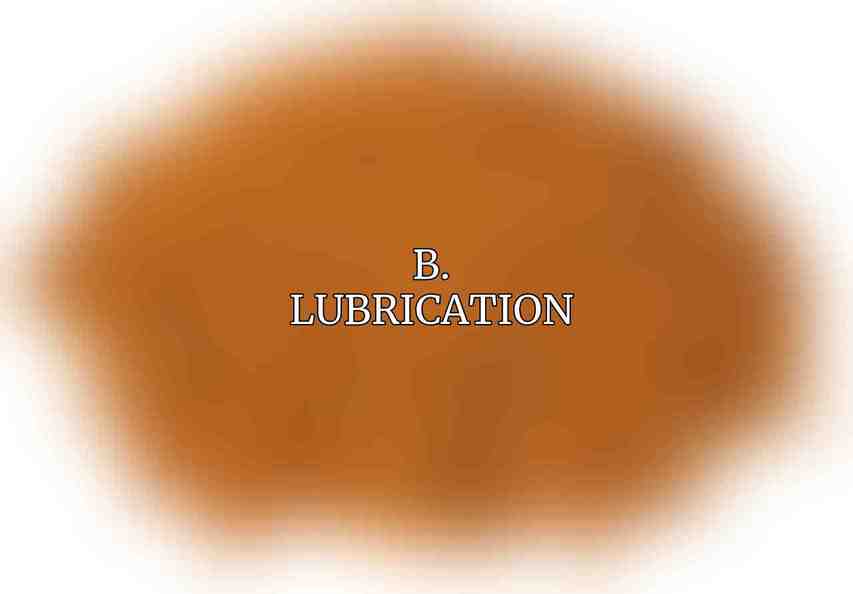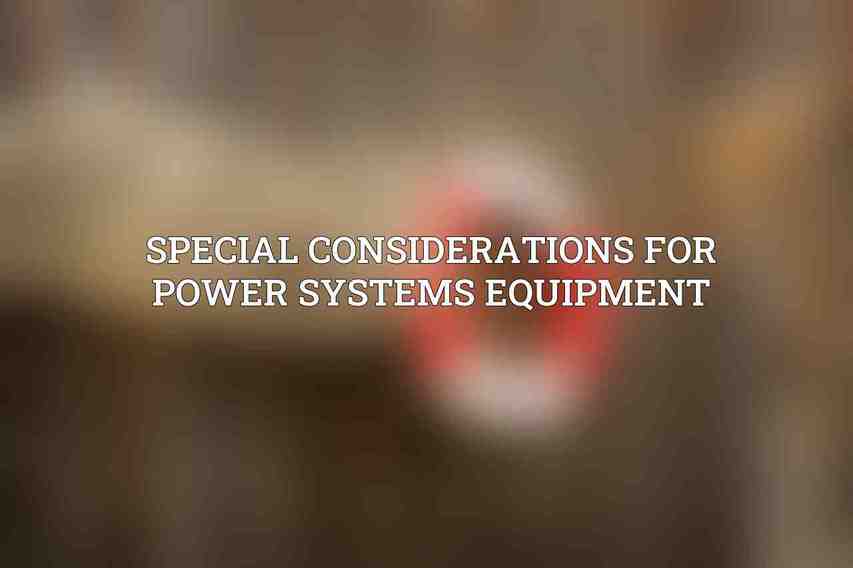Regular maintenance is crucial to ensure your home gym equipment remains in top condition. Here’s a breakdown of the monthly tasks you should perform to keep your Power Systems equipment in prime shape:
| Product | Maintenance Interval | Maintenance Instructions | Link | ||||||||||||||||||||||||||||||||||||||||||||||||||||||||||||||||||||||||||||||||||||||||||||||||
|---|---|---|---|---|---|---|---|---|---|---|---|---|---|---|---|---|---|---|---|---|---|---|---|---|---|---|---|---|---|---|---|---|---|---|---|---|---|---|---|---|---|---|---|---|---|---|---|---|---|---|---|---|---|---|---|---|---|---|---|---|---|---|---|---|---|---|---|---|---|---|---|---|---|---|---|---|---|---|---|---|---|---|---|---|---|---|---|---|---|---|---|---|---|---|---|---|---|---|---|
| Power Systems Cable Crossovers | Monthly | Check cables for wear and fraying, lubricate pulleys and bearings. | Link | ||||||||||||||||||||||||||||||||||||||||||||||||||||||||||||||||||||||||||||||||||||||||||||||||
| Power Systems Smith Machines | Every 6 months | Grease all moving parts, check bolts and nuts for tightness. | Link | ||||||||||||||||||||||||||||||||||||||||||||||||||||||||||||||||||||||||||||||||||||||||||||||||
| Power Systems Power Racks | Annually | Inspect all welds, bolts, and nuts for damage, clean and lubricate all moving parts. | Link | ||||||||||||||||||||||||||||||||||||||||||||||||||||||||||||||||||||||||||||||||||||||||||||||||
| Power Systems Benches | As needed | Wipe down with a damp cloth or disinfectant, check for loose bolts or ripped upholstery. | Link | ||||||||||||||||||||||||||||||||||||||||||||||||||||||||||||||||||||||||||||||||||||||||||||||||
| Power Systems Dumbbells and Kettlebells | Monthly | Clean with a damp cloth, check for damage or rust. | Link | ||||||||||||||||||||||||||||||||||||||||||||||||||||||||||||||||||||||||||||||||||||||||||||||||
| Power Systems Medicine Balls | Weekly | Wipe down with a damp cloth, check for leaks or damage. | Link | ||||||||||||||||||||||||||||||||||||||||||||||||||||||||||||||||||||||||||||||||||||||||||||||||
| Power Systems Jump Ropes | As needed | Check for frayed or damaged cables, replace handles if necessary. | Link | ||||||||||||||||||||||||||||||||||||||||||||||||||||||||||||||||||||||||||||||||||||||||||||||||
| Visit Power Systems | |||||||||||||||||||||||||||||||||||||||||||||||||||||||||||||||||||||||||||||||||||||||||||||||||||
A. Visual Inspection:
- Check for loose screws, bolts, or nuts that may have come undone during use.
- Inspect cables, upholstery, and the frame for any signs of wear or damage, such as tears or cracks.
- Ensure weight stacks move smoothly and are securely in place to prevent accidents during workouts.
B. Lubrication:

- Apply lubricant to moving parts, like guide rails and pulleys, to maintain smooth operation.
- Opt for a light, non-greasy lubricant designed specifically for gym equipment to prevent buildup or damage over time.
C. Cleaning:
- Wipe down all surfaces with a damp cloth to remove sweat, dust, and dirt buildup.
- Use a mild detergent for areas with stubborn stains, avoiding harsh cleaners that could damage the equipment.
- Avoid abrasive materials that could scratch or wear down surfaces prematurely.
Quarterly Maintenance (Every 3 Months)
Every three months, it’s essential to delve deeper into the maintenance routine of your home gym equipment to catch any issues early on:
A. Belt Inspection:
- Check the drive belt for wear, cracking, or fraying that may impact the equipment’s performance.
- Replace the belt if you notice any significant signs of damage to prevent further issues.
B. Cable Inspection:
- Examine cables for breaks, kinks, or frayed wires that could compromise safety.
- Tighten or replace cables as needed to maintain proper tension and functionality.
C. Electrical Inspection:
- Inspect all electrical components for loose connections or wires that could pose a safety hazard.
- Ensure that all electrical features are working correctly to prevent malfunctions during workouts.
Semi-Annual Maintenance (Every 6 Months)
Bi-annual maintenance allows for a more comprehensive check-up of your home gym equipment to address wear and tear effectively:
A. Upholstery Inspection:
- Look for tears, rips, or loose stitching in the upholstery that can impact comfort and safety.
- Repair or replace damaged upholstery promptly to avoid injuries during workouts.
B. Frame Inspection:
- Check the frame for signs of corrosion or structural damage that may compromise stability.
- Inspect welds for cracks or weaknesses that can lead to equipment failure.
C. Load Test:
- Test the equipment using the maximum weight capacity to ensure it can handle heavy loads safely.
- Adjust resistance settings as necessary to maintain a challenging yet safe workout environment.
Annual Maintenance (Yearly)

Yearly maintenance serves as a comprehensive overhaul of your home gym equipment to address all aspects of its functionality and safety:
A. Complete Overhaul:
- Conduct a thorough inspection of all components to assess their condition and performance.
- Clean, lubricate, and tighten all parts to prevent wear and malfunctions.
- Calibrate the equipment for accuracy and safety to ensure optimal performance during workouts.
B. Reprogramming (Optional):
- Consider updating software and reprogramming the equipment for enhanced features and performance.
- Reach out to Power Systems for technical assistance if required, ensuring your equipment is up-to-date and functioning at its best.
Special Considerations for Power Systems Equipment:

When maintaining Power Systems equipment, it’s essential to consider the unique features of specific products for optimal care and longevity:
A. Powertec® Leverage Machines:
- Refer to the maintenance schedule outlined in the user manual for Powertec® Leverage Machines.
- Adhere to greasing instructions and torque specifications to prolong the lifespan of your equipment.
B. Body-Solid® Benches:
- Handle folding and unfolding of Body-Solid® Benches with care to prevent damage.
- Regularly check for loose nuts and bolts, ensuring the stability and safety of the benches during use.
C. Cybex® Strength Machines:
- Follow the maintenance schedule recommended by Cybex® to keep your strength machines in top condition.
- Rely on authorized Cybex® technicians for servicing to guarantee proper maintenance and care for your equipment.
By adhering to a structured maintenance schedule tailored to your Power Systems equipment, you can enjoy a safe and effective workout experience in the comfort of your home gym.
Frequently Asked Questions
What equipment should be included in a power systems maintenance schedule?
Power systems maintenance schedule should include regular checks and upkeep of equipment such as treadmills, exercise bikes, elliptical machines, weight machines, and power racks.
How often should power systems equipment maintenance be performed?
Power systems equipment maintenance should be performed at least once every three to six months, depending on frequency of use and manufacturer recommendations.
What are some common signs that indicate power systems equipment may need maintenance?
Common signs that indicate power systems equipment may need maintenance include unusual noises, vibrations, resistance issues, power fluctuations, and visible wear and tear.
Can I perform maintenance on power systems equipment myself?
While minor maintenance tasks can be performed by individuals with basic knowledge of fitness equipment, it is recommended to consult with a professional for tasks that involve electrical components or complex mechanisms.
Why is a regular maintenance schedule important for home gym power systems equipment?
Regular maintenance helps prevent breakdowns, prolongs the life of equipment, ensures safety during use, maintains optimal performance, and reduces the risk of costly repairs or replacements.

